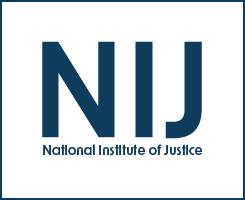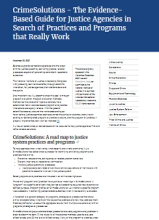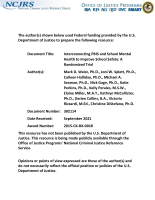Efficacy status
From Funnels to Large-Scale Irrigation: Changing the Criminal Justice System Paradigm to Improve Public Health and Safety
Cognitive Behavioral Theory, Young Adults, and Community Corrections: Pathways for Innovation
Interconnecting PBIS and School Mental Health to Improve School Safety: A Randomized Trial
Child Trauma Response Team (CTRT): Pilot Program
NIJ LEADS Program Increases Research Capabilities of Law Enforcement Officers
Employing Evidence to Combat Everyday Tragedy
How Effective Are Lethality Assessment Programs for Addressing Intimate Partner Violence?
What Is Research and Evaluation Evidence and How Can We Use It?
This NIJ Conference Panel will explore the development and use of evidence-based policies, programs and technologies to improve effectiveness and efficiencies related to government. Through casual observation, practices and programs may appear to be effective, but under closer scrutiny the results may look much different.






